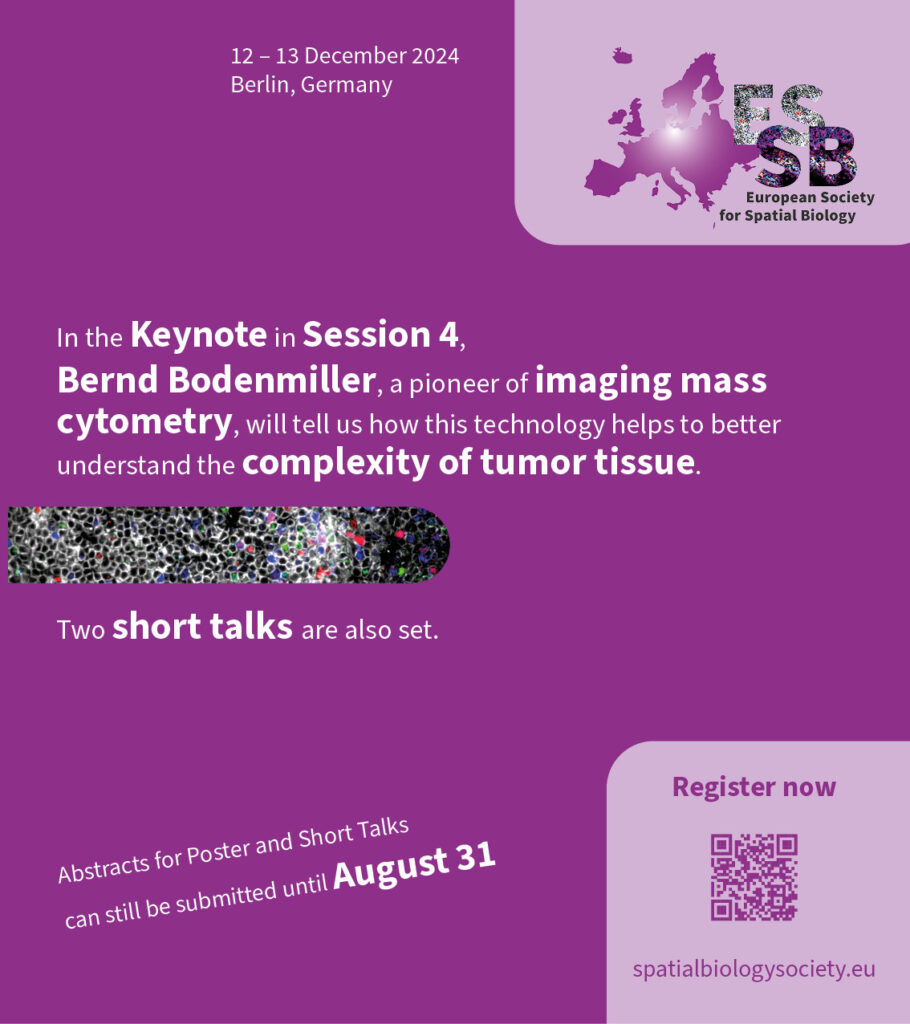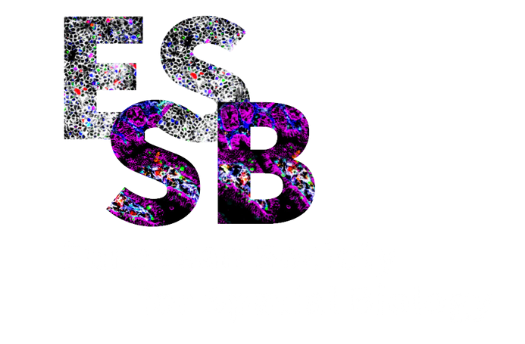Next highlight on day 1 of the ESSB conference (Dec 12-13, Berlin) will be Session 4: a Keynote from imaging mass cytometry pioneer Bernd Bodenmiller. Plus 2 talks from abstracts. Submit yours until August 31!
#spatialbiology; #imagingmasscytometry ; #imageanalysis



